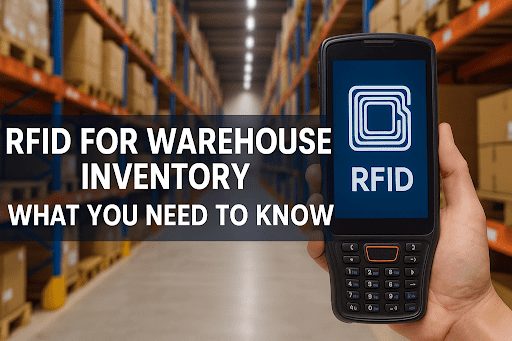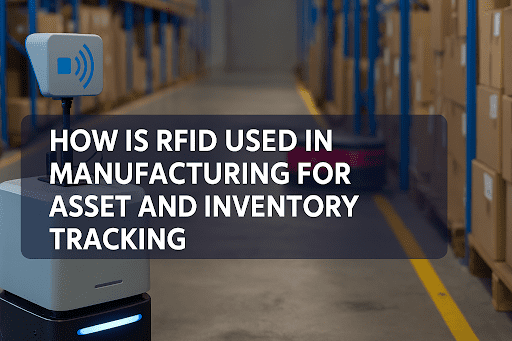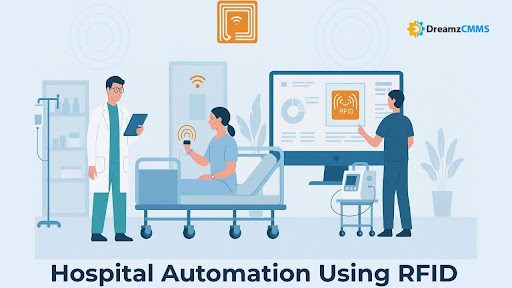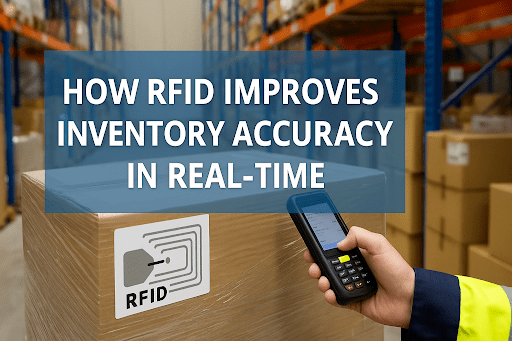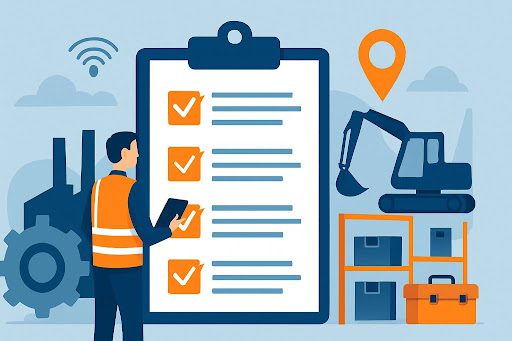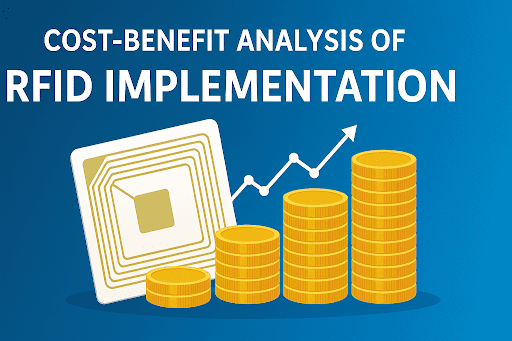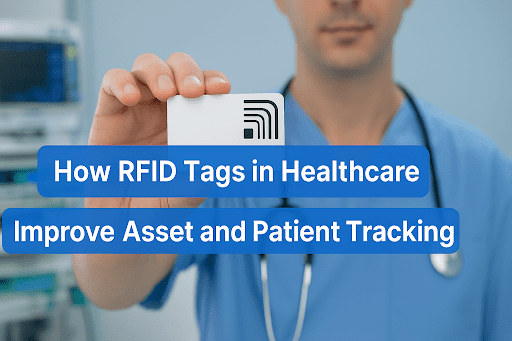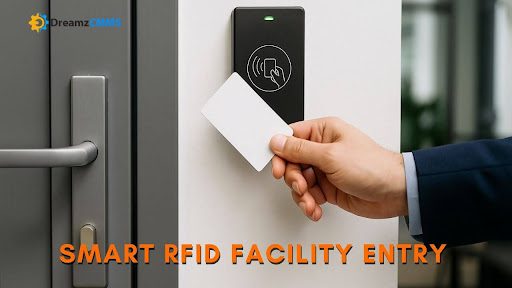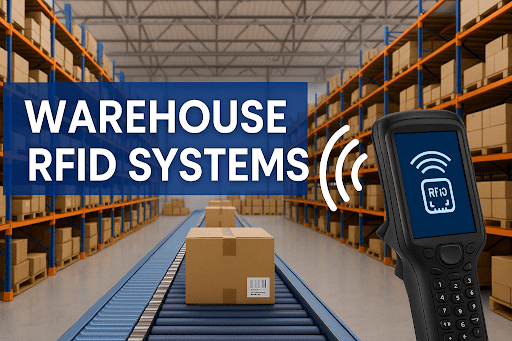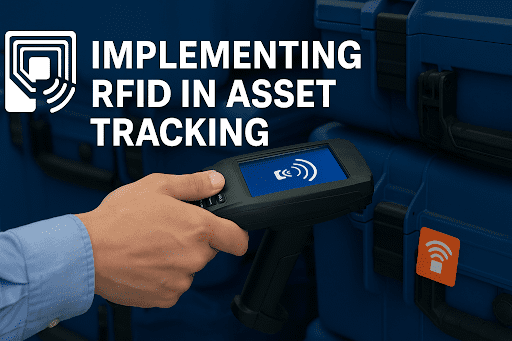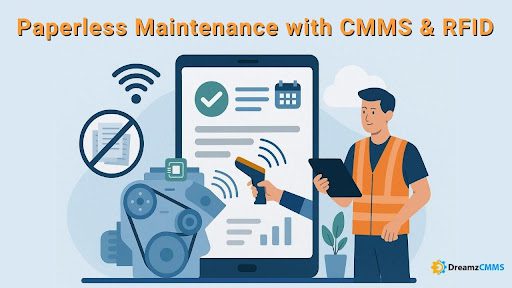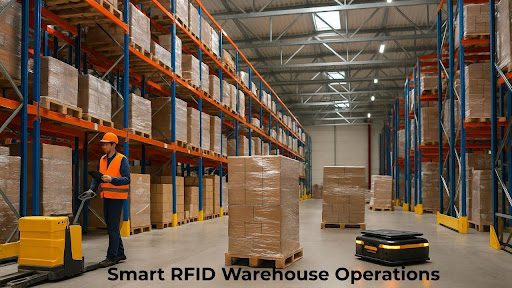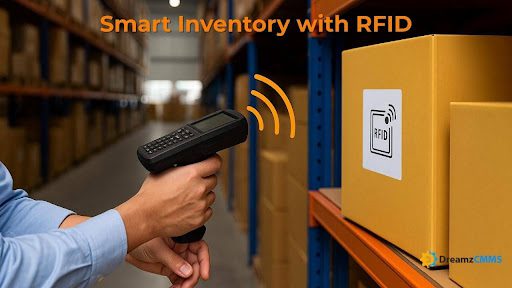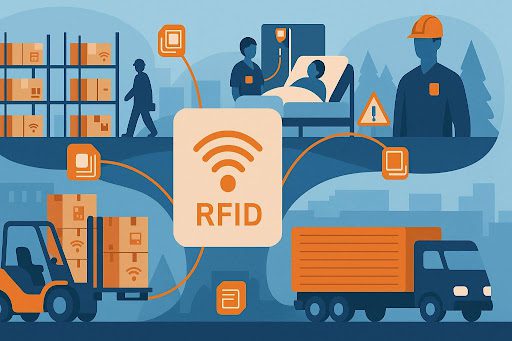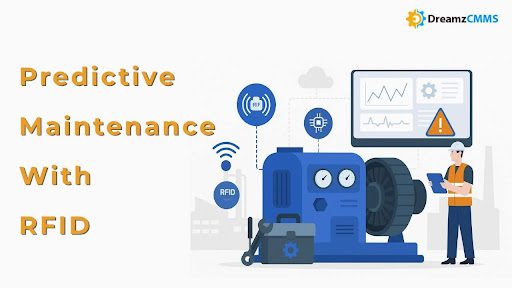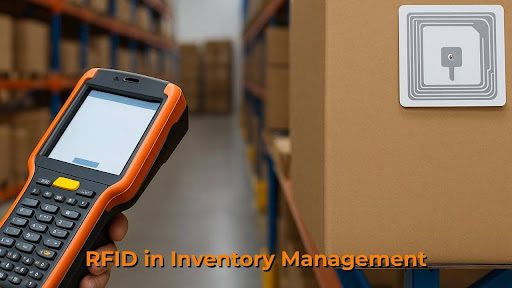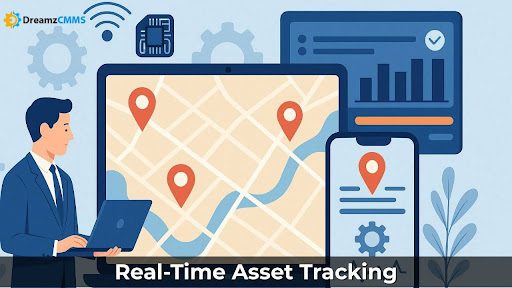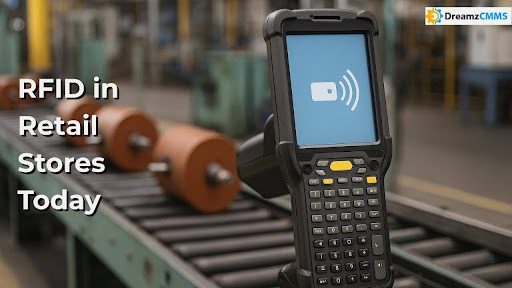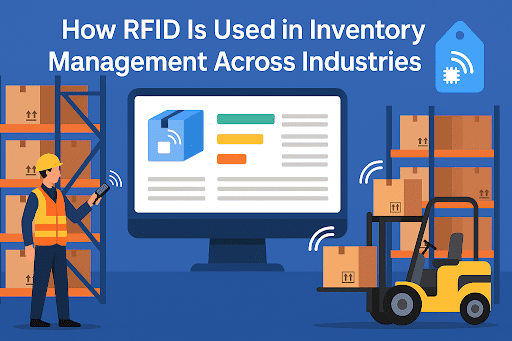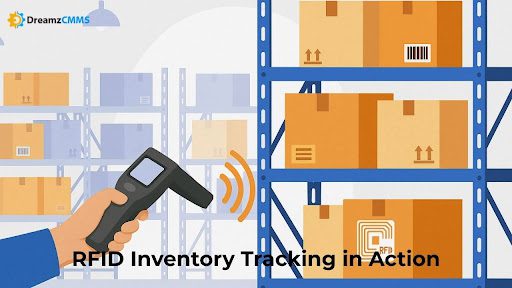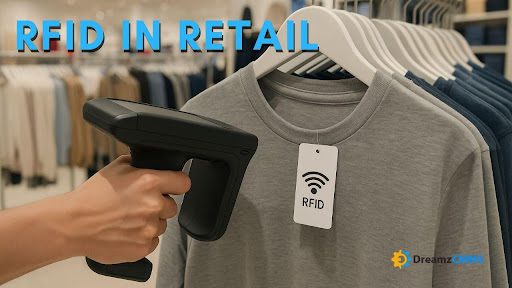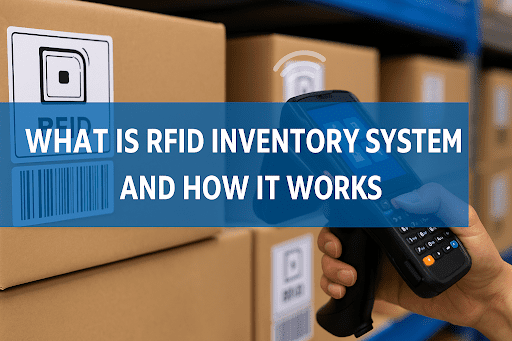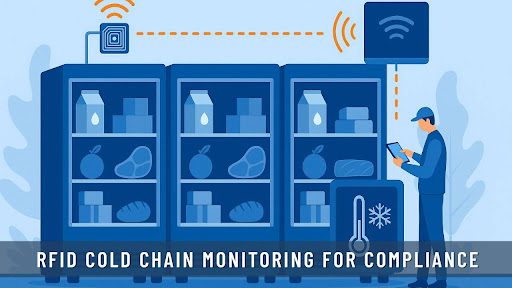 BACK TO Blog
BACK TO Blog
Asset Rental Management
RFID Asset Tracking
Executive Snapshot Inventory slips out of view faster than most expect. One wrong count, one missed scan, and suddenly there is a backlog, a customer delay, or worse a loss you cannot trace. These problems do not start in the warehouse. They start at the top when visibility is unclear.
- August 12, 2025
- DreamzCMMS Team
- 9 minutes read
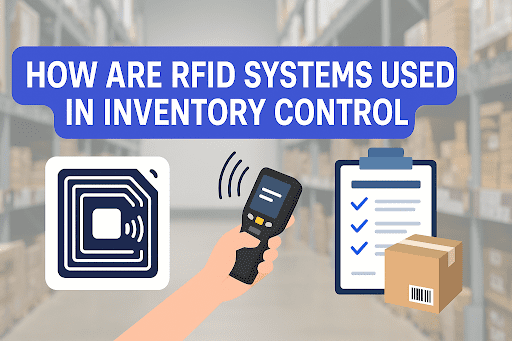
- August 12, 2025
- DreamzCMMS Team
- 9 minutes read
Executive Snapshot
Inventory slips out of view faster than most expect. One wrong count, one missed scan, and suddenly there is a backlog, a customer delay, or worse a loss you cannot trace. These problems do not start in the warehouse. They start at the top when visibility is unclear.
That is why more leaders are leaning into RFID inventory control systems. These tools are not just for tracking boxes; they are for restoring confidence in data.
Think of it like this: instead of asking your team where things are, you already know. RFID for stock management gives you that edge. Every tag sends a signal. Every signal fills a gap. There is no need for line-of-sight or time-consuming scans. With the right setup, items report themselves.
The payoff for executives? Time. You gain hours not chasing reports. You get cleaner audits, faster decisions, and fewer stock disputes. All of it flows from real-time inventory tracking RFID solutions designed for scale.
Tools like RFID readers and tags for inventory work quietly in the background, but their impact is loud. They catch shrinkage, reduce overhead, and support lean operations without micromanagement.
The foundation of these systems is strong. When paired with the right platform, such as
Asset Maintenance Management Software or RFID Asset Tracking Software,
you build an environment where mistakes fade and control returns.
What RFID Means for Inventory Control
Inventory problems do not always start with missing items. Often, they begin with missing information. You ask where something is, but no one is quite sure. By the time they check, the delay has already cost you.
That is what RFID inventory control systems are designed to fix.
They give you answers quickly, quietly, and without extra work. Items carry tags. Those tags respond when they come near a reader. No scanning. No line of sight. Just location data you can trust.
Executives using RFID for stock management often notice fewer bottlenecks. There is no need to ask for manual reports. The system tells you what is where. It updates automatically, helping your team respond faster.
The technology behind RFID readers and tags for inventory works in the background. Tags get attached to equipment or products. Readers pick up their signals. From there, everything falls into place. Movements are tracked. Gaps are spotted. Losses shrink.
A common approach is passive RFID for item-level tracking. It is simple. These tags have no batteries. They last long and cost little. That makes them useful in warehouses, factories, and even retail spaces.
The bigger benefit? Clarity. You no longer have to guess what happened to a pallet or tool. You see it, in real time. That kind of control changes how decisions are made. It gives room to grow without losing sight of what matters.
Want to see how this works in action? Start with Asset Rental Management Software
especially if your teams deal with high-turnover equipment or remote project sites.
Use Cases and Industry Applications
Not every company handles inventory the same way. A construction firm tracks heavy tools. A healthcare provider tracks medication. But they all want the same thing knowing what they have and where it is. That is where RFID inventory control systems find their place.
In retail, shelves need to stay full, but not overloaded. Using RFID for stock management helps staff restock only what is missing. It reduces waste and improves shelf accuracy without scanning each item one by one.
In manufacturing, RFID readers and tags for inventory help track materials from receiving to final assembly. Everything moves faster. Downtime drops. Even audits get easier.
Distribution centers use real-time inventory tracking RFID to spot delays early. Items are scanned automatically as they pass through loading docks. Managers do not need to dig through lists or clipboards. The system updates on its own.
Service businesses, especially those with rented or mobile assets, also benefit. Passive RFID for item-level tracking works well when tools move across job sites. Nothing gets misplaced, and returns are logged right on time.
In construction, where delays cost money, RFID adds clarity. Assets can be tagged before leaving the yard. When they arrive on-site, readers confirm delivery. If something does not show up, you find out fast.
And in healthcare, it is about safety. Tagging medication carts, equipment, or even patient files can reduce mix-ups. It creates an extra layer of accountability without disrupting staff routines.
For rental-heavy industries, tools like DreamzCMMS bring RFID warehouse inventory control into asset and maintenance workflows. This ensures teams know what is available, what is assigned, and what needs servicing automatically.
See RFID in Action Before You DecideThinking about using RFID, but not sure if it fits your setup? You are not alone. That is why testing it first makes sense.Take a quick look and book a Free Demo No prep. No long forms. Just a hands-on view of how RFID inventory control systems work in real time. Sometimes seeing it live answers more than a hundred questions. |
Building an RFID Inventory Control System
Start small. That is the best advice when setting up an RFID system. You do not need to overhaul everything. Just fix the parts that keep going wrong.
Tags are where it begins. Most people use the passive kind. They are cheap, small, and last a while. No power needed. These are great for tracking items in bulk. So, if you are thinking about passive RFID for item-level tracking, that is usually the right move.
Next? Readers. These are placed at busy spots like entry doors, loading zones, or key shelving areas. With RFID readers and tags for inventory, items talk to your system on their own. No scanning. No slowing down.
Now, bring in the software. This is where all that info turns into something useful. A proper RFID inventory control system will show you what is moving, what is stuck, and what might cause a delay. It does not just report. It helps you take action.
The best part? It stays out of the way. It works in the background, keeps records clean, and gives your team fewer reasons to stop and check.
Strategic Benefits for Decision Makers
Let us be honest. Most problems with inventory do not show up until it is too late. A part goes missing, something arrives short, or stock runs out with no heads-up. It is frustrating and costly. That is why more leaders are choosing RFID inventory control systems to get ahead of it.
These tools give answers without being asked. With real-time inventory tracking RFID, you get updates without chasing anyone. It is all there, right when you need it. No delays. No back-and-forth.
You save time. A lot of it. Think about audits. Instead of pulling reports or doing hand counts, the system just tells you. What came in. What went out. What is stuck somewhere. Simple, clear, done.
The best part? It works quietly. You do not have to touch it every day. Once the system is running, it takes care of itself and that means fewer mistakes, tighter control, and a lot less noise.
If you already use something like DreamzCMMS, then RFID just makes it better. You are not only tracking items anymore you are seeing how they connect to schedules, repairs, and everything else that moves.
From the top floor, it looks like this: fewer unknowns, faster calls, and no surprises when someone asks, “Where did that go?”
This is not about fancy dashboards. It is about control. Real control.
Linking Technology to ROI
RFID does more than track inventory; it protects your bottom line. You will not always see it right away, but the impact builds fast.
Start with time. When people do not have to scan every item or hunt down missing stock, that time goes back into real work. Less chasing. Fewer manual tasks. That adds up quickly.
Then there is loss prevention. Shrinkage is hard to track and harder to explain. But with RFID for stock management, things do not just vanish. You know when and where something moved. That alone can save thousands.
You also avoid over-ordering. With a working smart inventory control system, stock levels stay visible. You order what you need, when you need it. No overflow. No shortages. Fewer fire drills.
Even RFID readers and tags for inventory, once seen as a cost, pay for themselves in just months. That is not theory, it is what happens when fewer errors go unnoticed.
And when these systems connect with platforms like Asset Maintenance Management Software, they do more than track. They support upkeep, scheduling, and usage reports. So, you are not just buying a tracking system, you are building efficiency across departments.
This is the kind of investment where the payoff shows in time saved, costs avoided, and better decisions made without delay.
Getting Started with the Right Tools
If you are thinking about using RFID, do not wait for a perfect plan. Just start where the confusion is. Track a few things. See what clears up.
Most teams begin small. That is how you learn what works. Tag some items that move often. Place a reader at one choke point. No pressure. No sweeping change.
Right away, you will see fewer questions. Less back-and-forth. And over time, less waste.
The important part? Choosing tools that fit the way your business already works.
Additional Reads for Deeper InsightsWant to see where RFID and related tech are heading next? These reads expand the view:
|
Ready to See It in Action?You have seen what RFID can do from tracking and visibility to better decisions and tighter operations. The next move? Try it for yourself.No pressure. No pitch. Just a chance to see how the right tools fit into your world. Start with a Free Demo and explore how easy it is to bring clarity to your inventory without adding complexity. |
Ready for More?
Talk to one of our CMMS experts and see how DreamzCMMS can simplify your maintenance operations.
Book a free consultation